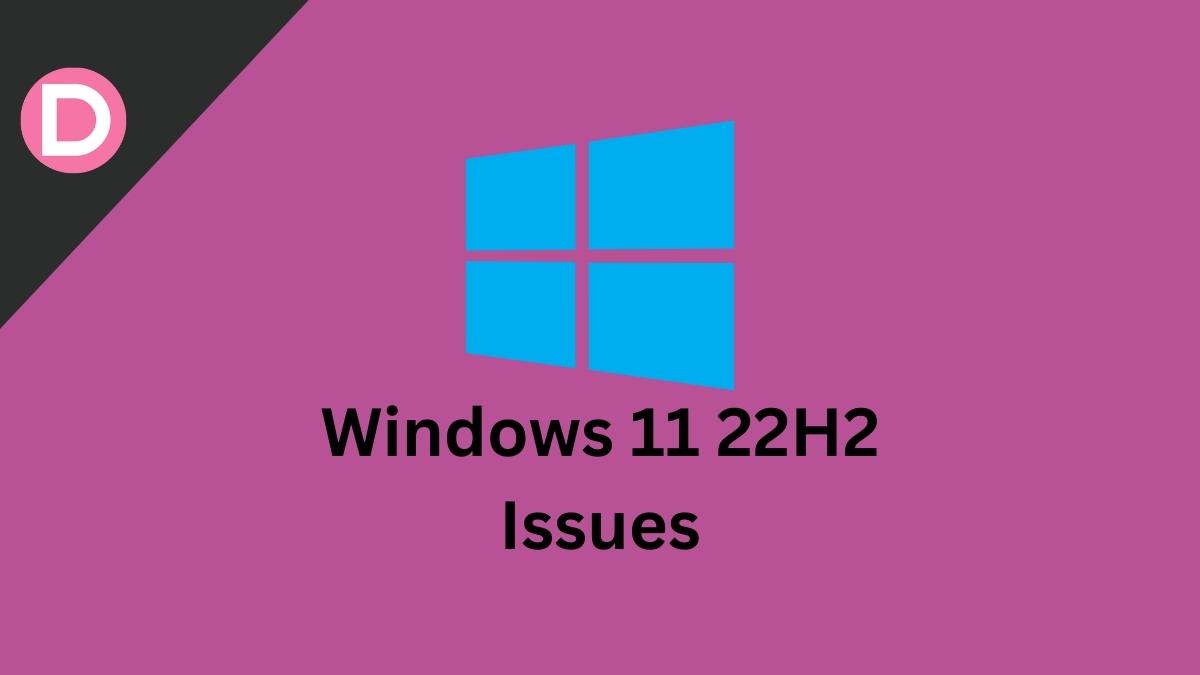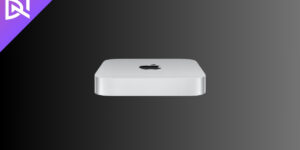Microsoft’s Windows 11 22H2 update is currently being rolled out to users worldwide, and while the update is generally going smoothly for most, there are still many reported issues. Some users report that the update process is stuck at 0%, while others say that the update isn’t showing up for them. After installing the update, There are reports of FPS drops and BSOD errors.
Windows 11 22H2 Issues Tracker
1. FPS Drop Issue
Since the Windows 11 22H2 update release, there have been reports of FPS drops and stuttering with NVIDIA graphics cards. This appears to be especially true for users with high-end graphics cards. The FPS starts stuttering randomly, lasting for a few seconds. This can be frustrating, especially when you’re in a crucial match of your favorite video game.
Interestingly, the same performance issues were reported earlier this year during the Windows Insider Program. Users who tested the Insider Program reported performance issues that Microsoft has not yet resolved. Despite being aware of the performance issues, Microsoft released the update publicly.
So what about the fix?
Update: Nvidia is now rolling out the GeForce driver 517.48 Update. The update fixes performance issues. You can update the driver directly after you receive a notification from GeForce Experience.
NVIDIA and Microsoft are both looking into this problem. We may see this problem fixed by a GeForce driver update soon. Meanwhile, affected users stated that the issues were resolved instantly after uninstalling the Windows 11 22H2 update. This means that the problems are with the new Windows 11 feature update.
Fortunately, we have a temporary workaround to fix this issue on your computer. A decent number of users reported that they successfully resolved this issue by turning off the “NVIDIA FrameView SDK” service.
NVIDIA FrameView SDK is a monitoring and performance analysis tool for DirectX 12, Vulkan, and OpenGL applications. The software collects data about your application’s rendering performance and stores it on your local system. The data is then processed and displayed in a report that you can use to optimize your application’s rendering performance. The downside of this software is that it can sometimes impact game performance.
Follow these steps to disable Nvidia FrameView SDK on your computer:
- Press Windows + S and type in “Services.”
- Click on Services from the search results that appear.
- Press the “N” key on your keyboard to jump to the services that start with the letter N.
- Find the NVIDIA FrameView SDK service and ensure that it is not running.
- If it is running, double-click it to open the properties screen.
- Select Disabled from the “Startup type” drop-down menu and click Apply.
- Now, click OK.
- Restart your computer when done.
After these steps, the NVIDIA FrameView SDK will no longer start up automatically and will not run in the background. If you wish to use the SDK again, change the Startup type to Automatic or Manual.
2. BSOD Error while Installing
A select number of users have also encountered BSOD errors when installing the feature update.
“I got a BSOD (irql_not_less_or_equal) while installing the update. It triggered around 50% of updating. The BSOD was stuck at 100%, so I had to hard shut down my PC,” an affected user reported. If you are experiencing a similar issue, you may roll back to the previous version to fix the issue.
Another user reported, “Got to 100% downloaded on my Surface Pro 7, asked me to reboot, then…. Nothing. Same version. On my desktop PC, it lost my license key (had to reactivate), lost the Bluetooth connection to my headset three times, then BSODed.”
When you install a new version of Windows, it automatically saves a copy of your previous Windows version. This is so that you can go back to it if you don’t like the new version or have any problems with it. This way, you can manually uninstall the latest version of Windows and return to your previous version.
Follow these steps to uninstall or roll back to the previous version of Windows:
- Press the Windows + I keys simultaneously on your keyboard to open Settings.
- Now, click on System and select Recovery from the right menu.
- Under the Recovery options entry, click Go back.
- Select any of the reasons listed and click Next.
- Now, click No, thanks, and then Next.
- Click Next again.
- Finally, click “Go back to earlier build” to roll back to the previous version.
Bottom Line
The bottom line is that NVIDIA and Microsoft are aware of the issues and are currently investigating. An update should be released in a few weeks to fix this issue. In the meantime, you can try the potential workarounds if you’re experiencing any problems with the update.












